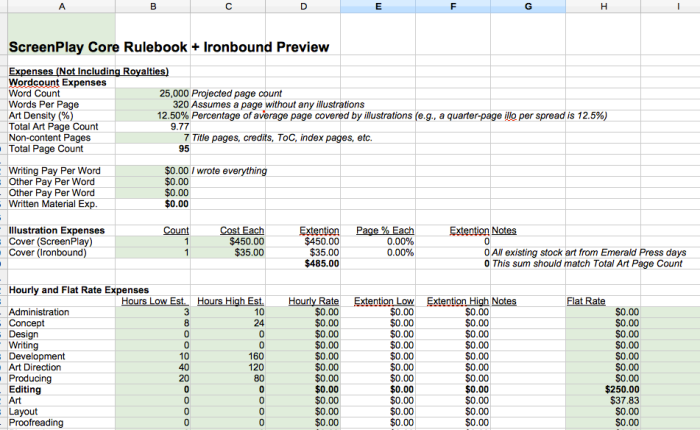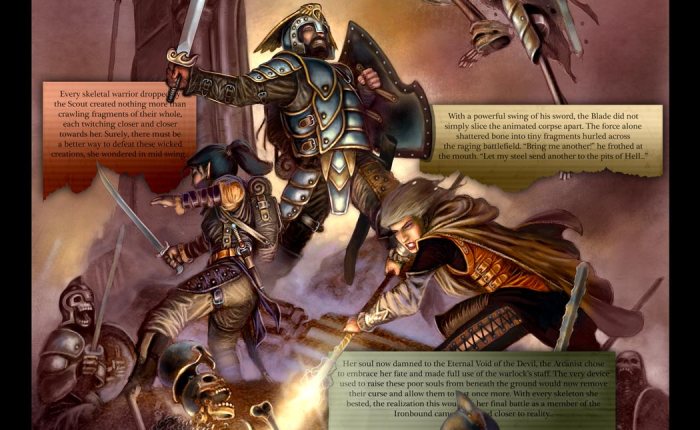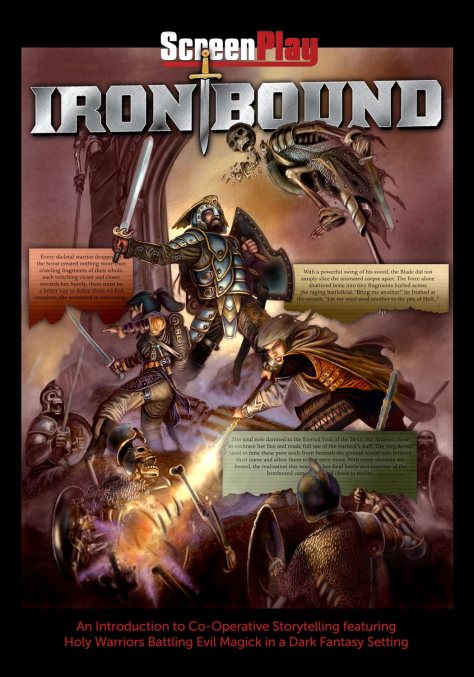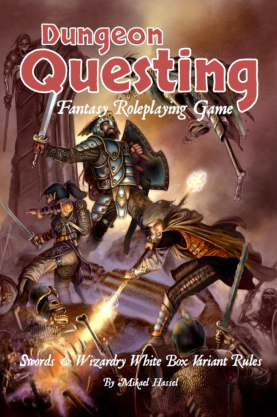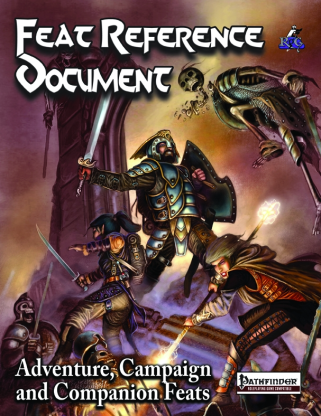Now we come to it, the third and final instalment of this pocketfunding trilogy. You can find the first two parts here and here, both of which deal with the role of stock art in a truly self-published game. But there’s more than just art to consider and when it comes down to it; you need to make a profit. In the case of ScreenPlay, I needed to make a profit as early as possible in order to afford additional adventures/supplements and turn it into a small product line.
It’s a big goal and one I wanted very early on. Even the development process was a learning phase on how to make this happen and became extremely informative on how I approach projects now compared to before that first draft. Yet without a streamlined budget and a low threshold for success, attempting a mini product line (assuming three to five additional products) would tank before even getting the core rulebook out the door.
Combine that with the demand for a professional product and you’re walking a fine line. I was very fortunate to have some experience under my belt and contacts willing to work with me on creating something to be proud of and working under a tight budget. After artwork, a damn good editor is key and I had Vincent Harper on my team to fill that role. I’ve worked with Vince in the past and we have a good working relationship when it comes to small budgets. Plus his literary background was useful in ensuring ScreenPlay‘s text was fluid and easy to read as well as assist in any possible writing terminology we could incorporate into the mechanics.
Unveiling the ScreenPlay Cost Projection Worksheet
Rather than ramble on about this much and that much, I’d rather show you the exact worksheet I used to work on ScreenPlay’s budget. It uses Jeff Timbal’s RPG budget projection worksheet provided for free on his website. There’s a screenshot below and you can click here to download a copy of my finished version for yourself.
There are a few key notes to address about my version of this spreadsheet.
- This one worksheet covers both ScreenPlay and Ironbound, the Pay What You Want preview.
- There are a couple of sections left blank, but not deleted, because removing them breaks other formulas below and I simply didn’t bother cleaning things up. Too busy calculatin’. The Crowdfunding section, as you will see, is filled with $0’s for that very reason.
- This spreadsheet was completed during the late stages of production and was used to a) ensure my math was similar compared to what its creator came up with, and b) take it a step further than I had considered. Luckily, my math held up fairly well and could now get specific. There’s also the benefit of quickly playing around with figures based on new ideas and corrections when you forgot to include something way back. This thing is incredibly useful and comes highly recommended.
- Because I paid flat rates for multiple pieces of stock art in advance (and used files from my old Emerald Press days), I listed them under Flat Rate Expenses instead of Illustration Expenses.
As mentioned, my goal was to have the opportunity to create a small product line with ScreenPlay and make the core rulebook affordable and profitable earlier. Cue the Heading 2 paragraph styles to showcase how I made that happen.
Word Count = Page Count
A hard lesson learned from Killshot was that more words requires more pages and more pages requires more money. Not gonna happen here. My goal from the very beginning was to keep the word count low until playtesting revealed it could take on a little more weight. This will save on production costs for the print on demand setup and keep the overall price affordable for customers. Even in a PDF as page counts can still reflect cover price if that’s how you operate.
It also means less money required for anything typically paid by the word (such as editing) and keeps the required number of art pieces low. As much as I was able to find an editor who could willingly work within my budget and use stock art, it also means I can live with myself a little bit better (though not by much of a stretch) knowing I could at least pay Vince at half the going rate instead of only a third or a quarter. Unfortunately, this is the hardest part of pocketfunding and something you can overcome with crowdfunding. While this is better than corners cut in projects from long past, it is only a single step on the staircase to full rates.
(Seeing as this post comes at a time when others are discussing paying people at professional rates and living wages, outright admitting to paying beneath that on purpose probably sounds quite monstrous. And I’m not going to deny it’s not my preferred way to go, nor am I going to get into the dilemmas here. If this is something you wish to address, I encourage discussion in the comment section or through Google+.)
There Was Still An Art Budget
One aspect of ScreenPlay spared no expense: the cover. While I was lucky to find the perfect piece of stock art for Ironbound, there was no way that would work for the core rules. It needed something unique to make it pop and I was blessed to work with Jeff Brown on this gorgeous and perfect representation of endless possibilities.
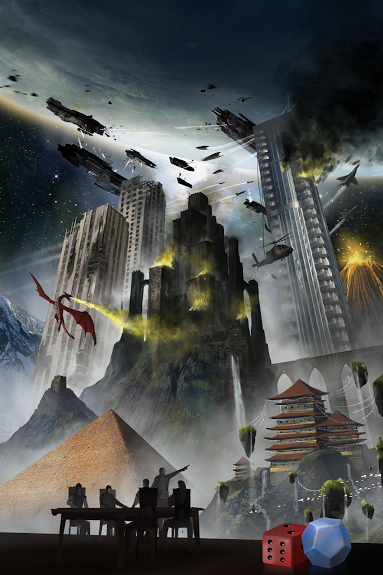
An original cover means spending mucho dollars but it allows you to craft everything into exactly what your product needs. In this case, ScreenPlay‘s quick rise to the #2 position on RPGNow last week was undoubtedly aided by Jeff’s work. Some things are worth the sticker price. It’s simply a matter of picking which sticker.
Hitting the Black in 275
For both ScreenPlay and Ironbound, I spent just over $1,150. Making that back quickly to start paying for future material while also selling the moneymaker at a low price to encourage higher sales demands a fine balance… and I think I hit it.
At $5 for PDF (and a projected price of $25 for the print on demand edition) and with $300 to be set aside to cover POD setup costs and playtesters rewards, I can expect to break even after 275 sales. That number will not be bang on because it all depends on 89% of all sales coming from PDF – it could be more, could be less. However, as a ballpark, I can live with that. Killshot broke 1,000 sales last year and that’s my comparison. And with ScreenPlay hitting 50 sales in its first week (plus nearly 150 downloads of Ironbound bringing in just over $50 in ka-ching), 275 is looking quite attainable.
(For bonus points, if I skipped POD altogether and went with a PDF exclusive product, it would be paid for after 291 sales.)
Pay-ving the Way Forward
Next is a yet-publicly-announced ScreenPlay treatment/adventure and the cover for High Plains Samurai, an epic ScreenPlay treatment destined to hit Kickstarter. Yeah, that one can only receive justice by going big and having an existing (and hopefully recognized) core product will give it a boost. Based on current projections, I can do both after another 225 sales. That means after 500 sales, I’ll be in the black on ScreenPlay with everything I need for a follow-up release and the much-needed cover art for an upcoming crowdfunding project. At 750 sales, I can pull together some interior early sketches for Samurai and/or a budget for another ScreenPlay follow-up (either another treatment or a supplement, likely a treatment to help attract more customers and players). At 1,000… well, that’s still getting ahead of myself. At that level, it could still be a few years from now. Even with Killshot‘s grand, it was only because of the Bundle of Holding’s 514 sales that pushed it to that mark. 750 for ScreenPlay is crossing that line if it only ever stays afloat in traditional online sales channels.
Already 20% of the way there means the plan is moving forward at a good pace and that pleases me greatly. There are sacrifices that come with pocketfunding your product and while this budget is nowhere near as much as others may be able to spend, it is a worth sacrifice that will allow me to make amends for the future of ScreenPlay: pay editors at a proper rate by word count and fill it with original art work also paid at full rates. Maybe someday there will a Lethal Weapon 4 for this trilogy where I take a look back at the success or collapse of this grand plan. Until then, it’s time to move on with the next project.
